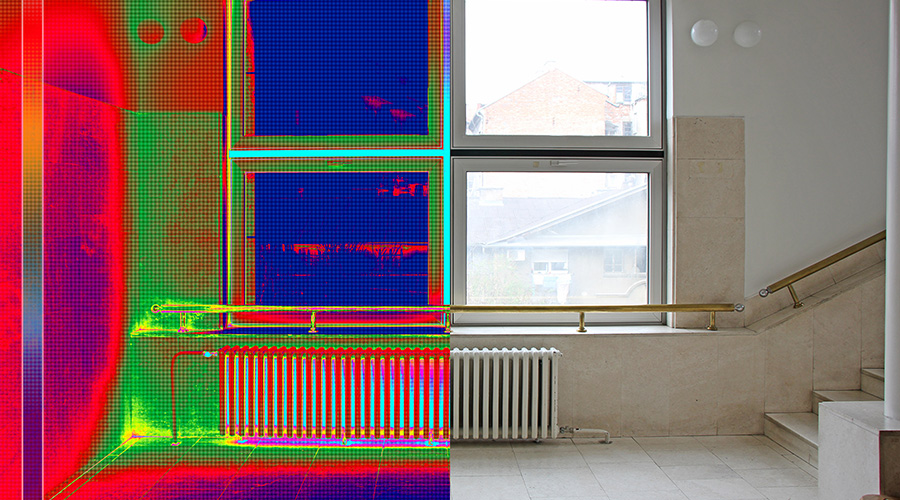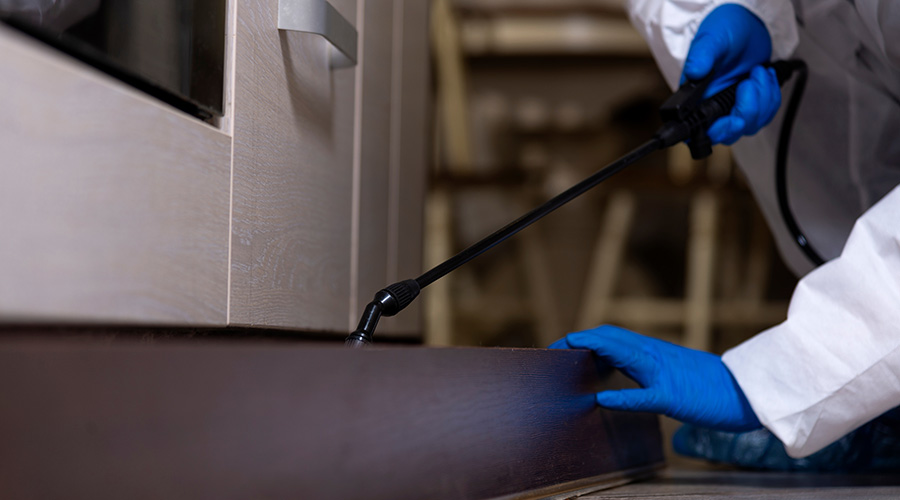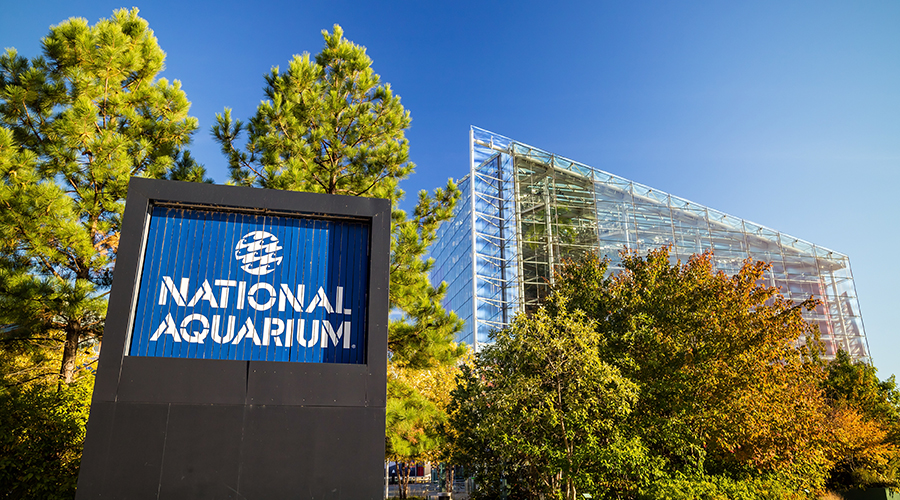Prevent Costly Repairs with Envelope Maintenance
Evaluations are often put on the back burner, which causes problems later.
By Ronnie Wendt, Contributing Writer
The main reasons facility managers should maintain a building envelope are life safety, water tightness and efficiency.
“You need to do things to improve water tightness and improve the integrity of the building, including putting on a new roof, restoring walls, replacing windows for energy efficiency, and upgrades that improve energy efficiency,” says Paul Totten, WSP vice president, Building Enclosures Division.
Apart from upgrades, building enclosures require maintenance from the beginning, he adds. New buildings come with warrantied materials and labor that lasts anywhere from one to five years.
“You want to do a pre-warranty expiration walk well in advance of when those warranties expire,” Totten says. “If the average warranty for the building is one year, then do this walk at eight months, so you have four months to get the companies to do any work that’s needed. You do not want to do this walk on the last day of your warranty, because if there is pushback, you will be out of warranty.”
Totten then advises thoroughly inspecting all roofs and terraces, checking for functioning drains, secure sealants, and other systems at least annually. He also advises doing this after every major storm as a precaution.
Although visual checks are beneficial, Lstiburek says adding infrared scanning systems, which cost less than $500 and attach to a smartphone, offer more accurate assessments.
“Use these systems to scan the entire perimeter of your building and roof to see if there is a problem,” he says. “When you do this, you’re going to find problems early when they are still easy to fix. If you find them five to 10 years down the road, they are going to cost many thousands of dollars to repair.”
Totten also recommends bringing in qualified engineers to examine the building envelope every two to three years.
He says evaluations are often put on the back burner, which causes problems later.
“A lot of preventive maintenance gets missed because people do these evaluations every 10 years, if they do them at all,” he says. “By then, products may break down, ceilings may leak, and then you have a bigger problem and the cost to repair is many times more expensive.”
Managers should use an electronic calendar to remind them to do inspections before any problems pop up, says Totten. Then, set a reminder eight months ahead and continue reminders as the date gets closer. This system will help keep maintenance on schedule, he says.
Totten says take care of low-hanging fruit and perform repairs before systems fail.
“This prevents long-term and larger problems,” Totten says. “You need to really understand what the space is being used for, what critical infrastructure is there that you need to keep watertight, and what’s below grade that might be impacted by water leakage.”
Often managers inherit a problem that’s been delayed for some time. A phased approach can help address costly facility repairs.
“You may not be able to budget the repairs for today, but you have the ability to dynamically budget to get them done over time,” Brandt says. “If you know it’s a $100,000 problem, you can do a phased repair, spending $10,000 a year for 10 years. Even that is better than just ignoring it for several years.”
Totten also recommends having a rainy-day fund for unforeseen expenses.
“Set this money aside and make it untouchable for any other project,” he says. “Keep it for those projects you do not expect.”
Ronnie Wendt is a freelance writer based in Minocqua, Wisconsin.
Related Topics:












